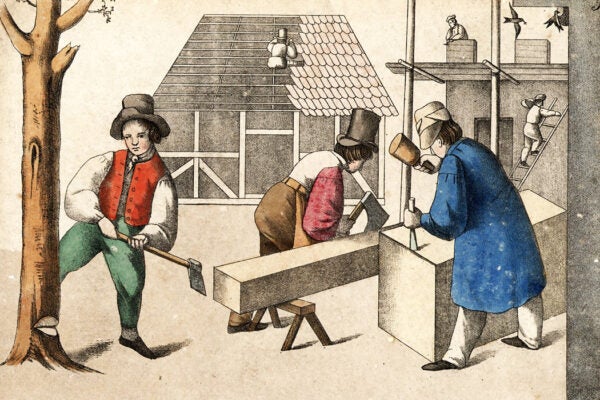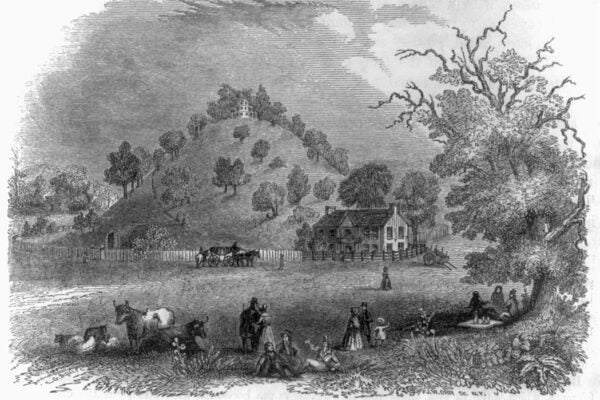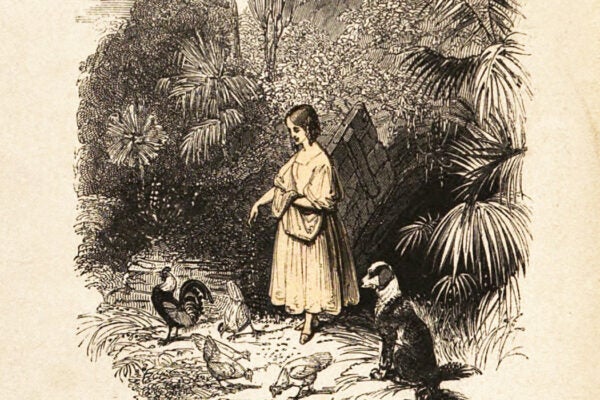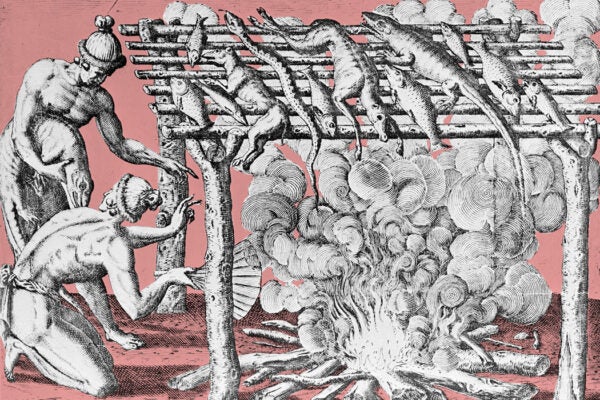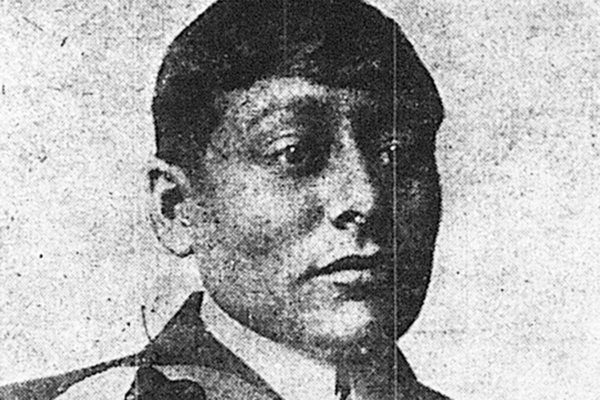When Being an Unemployed Teenager was a Crime
Seventeenth-century teenagers faced criminalization for refusing to take on jobs as live-in farm workers, but many pursued their interests despite the threat.
Native Origin Stories As Tools of Conquest
In the nineteenth century, the Euro-American “Lost Tribes of Israel” theory was one of the most popular explanations for the existence of Indigenous peoples.
The Caricature Who Couldn’t Appear on American Born Chinese
The television adaptation of Gene Luen Yang's graphic novel called for significant changes to the character of Chin-Kee.
What if Robinson Crusoe was a Girl?
In nineteenth-century England, stranding a (fictitious) girl on an island made a good argument for imperialism.
As Militaries Adopt AI, Hype Becomes a Weapon
Few things provoke quite the same amount of anxiety as the effect AI could have on warfare.
Spanish Colonists were Desperate for European Food
Spanish colonists in the Americas were terrified that their essential humors would change if they ate local food.
Introducing Ralphero Kerwineo
He just wanted to live an honest life.
How Strong of a Nuclear Bomb Could Humans Make?
The biggest nuclear blast in history came courtesy of Tsar Bomba. We could make something at least 100 times more powerful.
Look Both Ways
With the arrival of the automobile, governments had to scramble to find ways to protect and control pedestrian use of the road.
Canada’s Most Controversial Novel
Marian Engel's 1976 novel Bear is famous for its embrace of bestiality, but it also offers a commentary on humans' relationship with the natural world.
